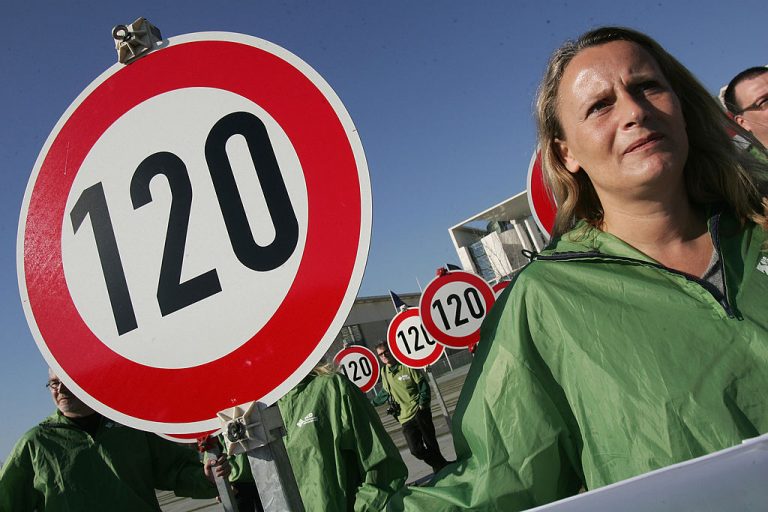New cars sold in Europe are to be fitted with a forcible speed controlling device as a safety measure, but critics fear it is yet another infringement on civil self-determination and property rights.
The new regulation, which takes effect on July 6 and will apply to all new cars sold in the EU and Britain, is purportedly intended to reduce the risk of car accidents and reduce emissions of greenhouse gasses.
Matthew Avery of Thatcham Research, a UK-based non-profit automotive research center, spoke highly of the new regulations in comments to Telegraph & Argus, “Many drivers want to remain safe and drive within the law. However, changing from one speed limit to another can be difficult and distracting. In this respect, Intelligent Speed Assistance systems help to not only keep drivers safe but also legal,”
However, not all drivers are convinced the intentions of Big Government are benign and fear infringement on privacy rights and government overreach at the expense of an individual’s right to self-determination, which may eventually lead to the abolishment of car ownership and property in general.
ELECTRIC CARS AND SOCIAL CONDITIONING
- Facility Designed to Fight Global Warming Breaks Down Due to Freezing Temperatures
- Looming Electric Vehicle Battery Shortage Could Last Decades, Rivian CEO Warns
- Virtual Reality an ‘Effective Tool’ To Force Consumer Behavior Change: Study
The speed limitation device will make use of a smart camera mounted on your car that can read and interpret street signs while utilizing a connection to the Global Positioning System (GPS) to establish the car’s speed and—based on AI-driven algorithms—and send warnings to the driver or take the initiative on its own, forcibly reducing the speed of the car.
Success
You are now signed up for our newsletter
Success
Check your email to complete sign up
Several means of warning the driver and nudging behavior are at the AI’s disposal, such as flashing dashboard alerts, vibrating the accelerator, or even forcing the gas pedal back up.
If the speed maniac is really persistent, the software has the ability to take control and reduce the fuel supply to the motor, forcing you to comply.
An extension of the law is in the making, according to reports, to include older cars, which at this moment are still exempt from the anti-speeding regulation as well.
However, it is very unlikely and technically impossible to fit such a system onto cars built before 1990—but there remain plenty of bureaucratic ways to keep those units off the streets.
Biden Administration promotes ‘kill switch’ in cars
The speed limitation rule brings to mind H.R. 3684, better known as the Infrastructure Investment and Jobs Act that President Joe Biden signed into law last year.
The act seems to focus on building infrastructure and road maintenance, but in fact features a notice about cars that will, by 2026, need to be equipped with “advanced drunk and impaired driving prevention technology.”
Under the edict, new vehicles will be outfitted with a “safety device” to “passively monitor the performance of a driver of a motor vehicle to accurately identify whether that driver may be impaired.”
While the mandate may sound like a benign plan, former U.S. Representative Bob Barr points out the possible downsides of implementing such a ruling.
First off, when it says the device is “passively” monitoring, it means it is constantly monitoring your every behavior non-stop and sharing who knows what kind of information with whom, Barr argued in a November of 2021 opinion article for the Daily Caller.
However, the system does not only passively monitor the driver’s behavior. It can also actively intervene and take control of the car and force it to slow down or come to a complete standstill—all because your driving exceeded the perimeters defined by the algorithm.
It is therefore fair to call the instrument a “vehicle kill switch,” Barr contended.
Thirdly, it is an open system, meaning that any third party—anybody but the car owner—may have access to the device’s data.
Last, Barr cautions that what the term “impaired driving” entails is not adequately expanded on by legislation so far, meaning in the future, it is up to agencies such as the Department of Transportation or the National Highway Traffic Administration to determine whether you are at fault or whether you are eligible to drive or own a car or not.
















